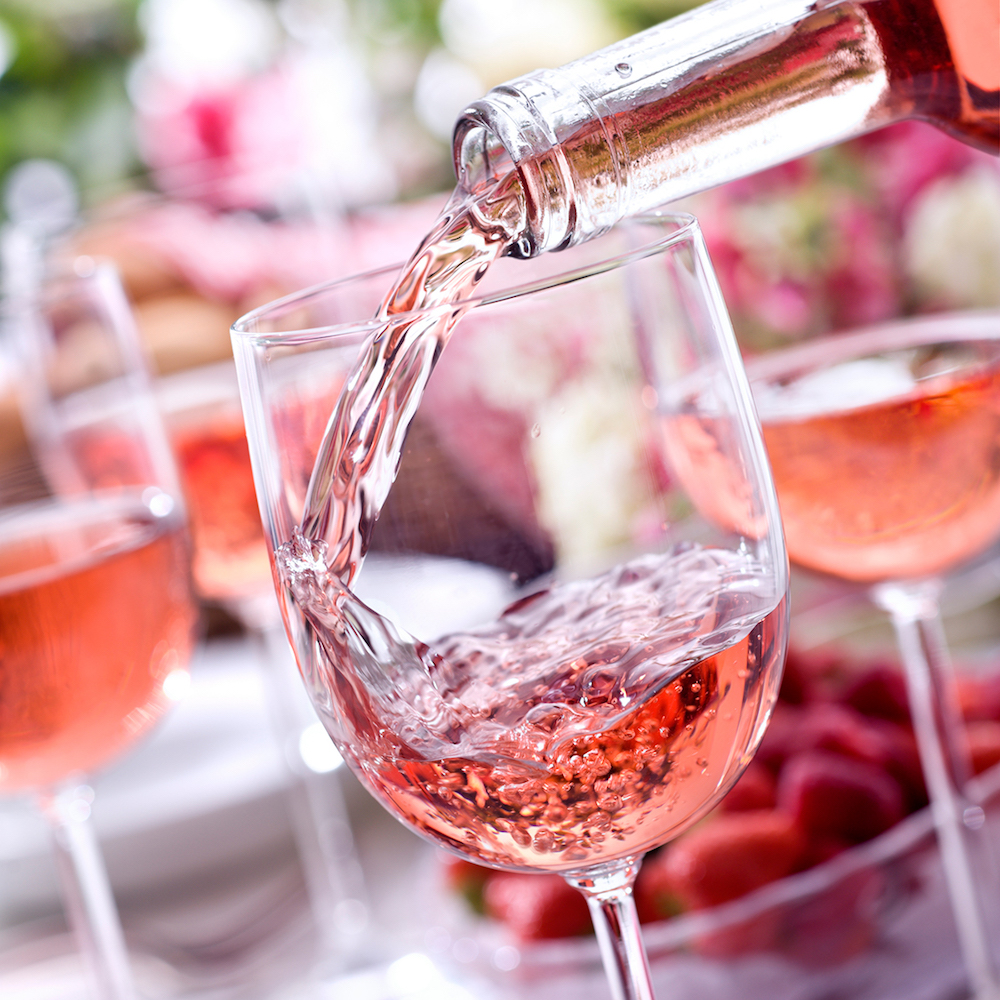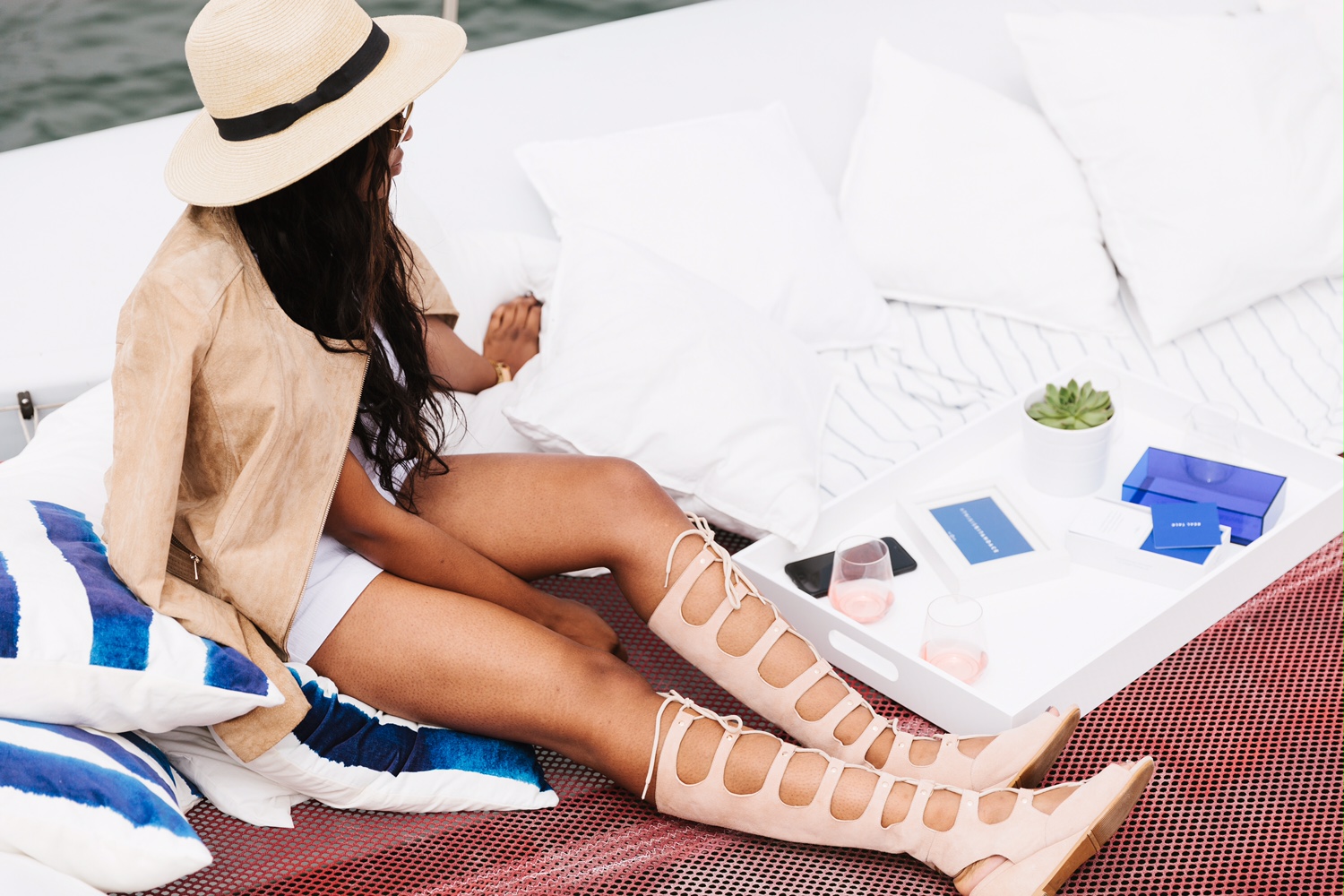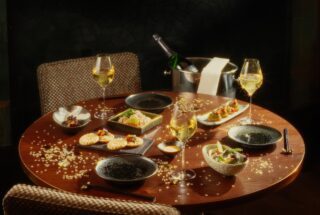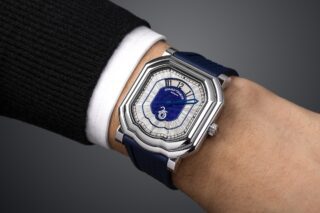This website uses cookies so that we can provide you with the best user experience possible. Cookie information is stored in your browser and performs functions such as recognising you when you return to our website and helping our team to understand which sections of the website you find most interesting and useful.
Rosé on the rise: why we’re all drinking pink
By Peter Dean | 16 August 2017 | Food & Drink
Tempus explores why rosé wine is becoming ever more popular among wine connoisseurs

It used to be a perennial problem come the Grand Prix. You’d secured your usual berth in the superyacht marina at Monaco, with a perfect eye-line of the new chicane. All your guests had made it, the sun was out, the fruits de mer piled high, and the wine? That was the problem. The wine was rosé, obviously, but until Angelina Jolie and Brad Pitt took charge of Miraval, there was only one house taking the pink stuff seriously – Domaine Ott.
Now, however, rosé has been ‘premiumised’, becoming more sophisticated and more interesting. Not only are there are more players in the market, and the packaging taking on a cooler edge, but the price is also moving on up which is never a bad thing. It used to be that rosé was simply a light, fresh summer wine made from the first pressing of grapes that would go on to make serious red wine; grapes such as syrah and grenache that could afford to lose a little flavour, give the winery some quick cash flow and go well with salads and light, summery food.
Winemakers now, however, are experimenting much more – using wood to structure and age the wine, using reduction, concentration and so on to give us a wider range of styles. Houses like Château d’Esclans have raised the bar so that rosé is being treated as seriously as reds and whites.

The first wine to order from your importer is Garrus 2013 (£95, Handford Wines) the world’s most expensive and arguably the best from Château d’Esclans who also make the sublime Whispering Angel. Stow away some cases of Miraval 2016 (£19.95, Harvey Nichols) – ask for the magnums, naturally – and spare some time for Domaine Ott Clos Mireille Rosé 2016 (£34.80, Hedonism Wines). It’s worth noting that with rosé you do get what you pay for, so it’s always better to spend more than you think you should.
Rosé sales have exploded worldwide with exports from Provence going through the roof. While the new-found boom in rosé was fuelled by millennial women and its image as ‘lady petrol’, this is all changing as many more men or #brosé take to the drink. e reasons are varied.
First, millennials’ interest generally in prosecco and moscato has been on the wane. Second, the major Champagne houses such as Bollinger have been launching into the sparkling rosé market. Möet’s popular Ice brand, that has gone from zero to hero overnight, has just launched a rosé and is quite the bottle to be carrying in Miami or Dubai.
Sommeliers have helped make it an all-year drink – particularly paired with molecular cuisine and dessert. It’s clear that this is making rosé that used to be a one-time sub-standard, low price generic category into a wine to be taken seriously – and that means by both sexes.







